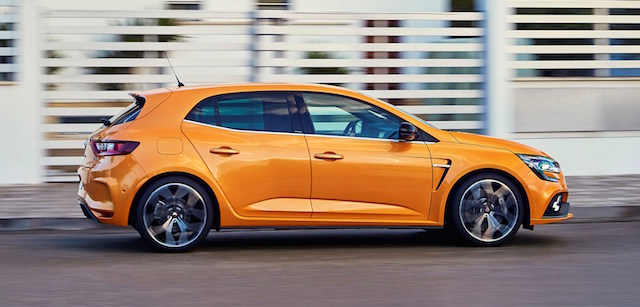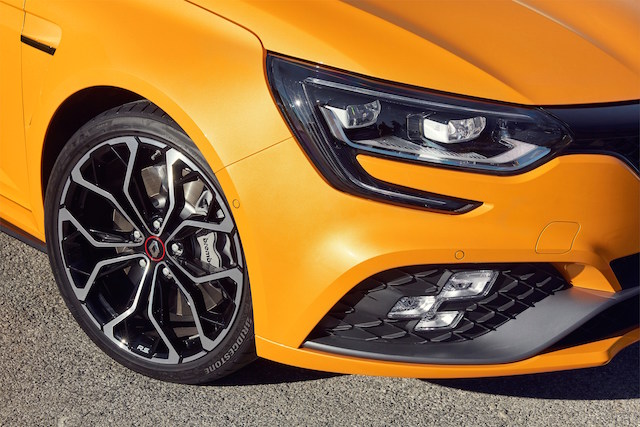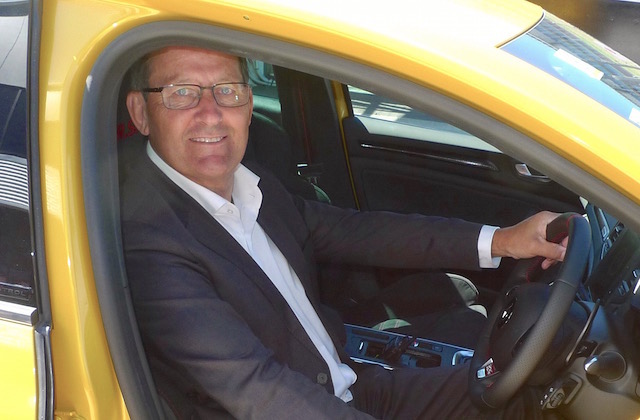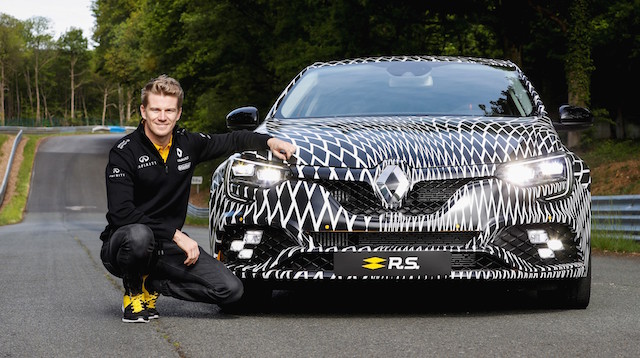
One of the automotive breakthroughs often lost amid the dizzying development of digital technology is that made in 2001 by French company Renault: it was the first carmaker to get a five-star crash rating for occupant protection.
Beat Europe’s other big names, it did: Benz, Audi, BMW, Volvo, Saab, Volkswagen, Peugeot, Citroen. Modest car it was too – a five-door hatchback with the moniker Laguna.
There was some argument among carmakers about the way Europe’s New Car Assessment Programme (NCAP) went about the finding. There had been much debate about NCAP test protocols for some time anyway. But every carmaker since has targeted five stars as the goal for new models.
What was significant about Renault’s world-first in 2001 was it came four years after the 1997-model Laguna’s dismal showing: it got two and a half stars for adult protection.
NCAP found: Protection for the Laguna driver’s chest and head was adequate; protection for the legs was poor. The front seat passenger fared better: good and adequate.
“This spurred Renault to improve safety systems,” NCAP said. Four years on, the crash safety body gave the 2001-year Laguna an overall good and adequate rating. “The car body proved extremely stable and provided good protection for occupants.”
The arrival in New Zealand of the third-generation Megane RS sports hatchback won’t spur Renault on to the point where sales pick up overnight.
But the five-door flyer – launched on the track at Hampton Downs – is the hero car Renault needs to help support what it says is a rebirthing programme in this country.
Renault has been born-again many times in New Zealand. It has a history of promising much but delivering much less.
Back in June 2000 it talked up a new deal for New Zealand, based on investment, class-leading equipment and prices. It had not long bought Nissan and was saying how Asia-Pacific was vital to its expansion plans going into the new century. Nothing much came of that.
Renault NZ has since been pootling along – good sales years have been around 500 new vehicles. But its new general manager Henry Belt says things are about to change.
Belt (above) took over at Renault in late 2017. “It’s been a year of stabilisation to ensure we have the right product and we are market competitive,” he said. “We don’t do quick fix.” A mix of new models is due here over the next nine months, including electric cars and vans.
Getting the right price to compete in New Zealand’s diverse market has always been a sticking point for Renault. But with the Megane RS, it is off to what Belt says is a realistic start. “There’s a growing market for us.”
Two Megane RS models are on offer, the six-speed manual at $59,990 and the six-speed twin-clutch automatic at $62,990. Both run a twin-turbocharged 1.8-litre four-cylinder engine delivering 205kW at 6000rpm and 390Nm between 2400-4800rpm through the front wheels.
It’s a free-revving, torquey unit with enough oomph to get the car from 0-100km/h in under six seconds and on to a top speed of 255km/h. The automatic RS has a kerb weight of 1450kg; the manual weighs in at 1427kg.
There are five driving modes: Comfort, Normal, Sport, Race, Personal. Going from one to the other further fine-tunes the car and adds urgency. Race is balls-out and disables the traction control. Personal is for those who want the car to be all about them.
Now for the best bits: the chassis and its four-wheel steering system and suspension set-up using what is essentially shock absorbers within shock absorbers, both engineered by Renault Sport and tested over many thousands of kilometres by Formula One driver Nico Huldenberg (below).
It’s a hugely impressive assembly, providing outstanding ride and handling in all modes. Sport mode amplifies its edginess. Turn-in is super sharp, body control outstanding, steering weighty with plenty of feedback, cornering stability brilliant.
Renault calls the four-wheel steering 4Control. It works thus in all five modes: At under 60km/h, the front and rear wheels turn in the opposite direction to aid turn-in; at over 60km/h they turn in the same direction. The threshold in Race mode moves to 100km/h.
The Megane RS isn’t the first Renault to use what it calls a “damper within a damper”, where a secondary hydraulic piston further dampens the up and down movement of the wheel before the bump stop, or final cushioning effect. In a nutshell, the system helps to improve ride quality over all surfaces.
The existing ruler of the hot hatchback segment in New Zealand is the Volkswagen Golf GTi. Another argument could be made for the Honda Civic Type R. Then there is the Hyundai i30N. Upcoming is the new all-wheel-drive Ford Focus RS.
Each of the above four has something special about it. The Megane RS has a few something specials, perhaps enough to make it the leader of the class.



